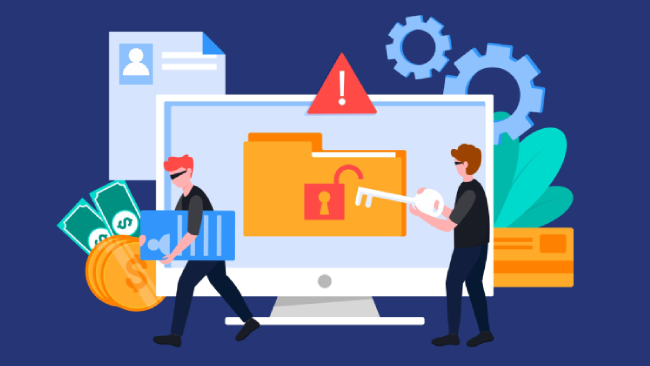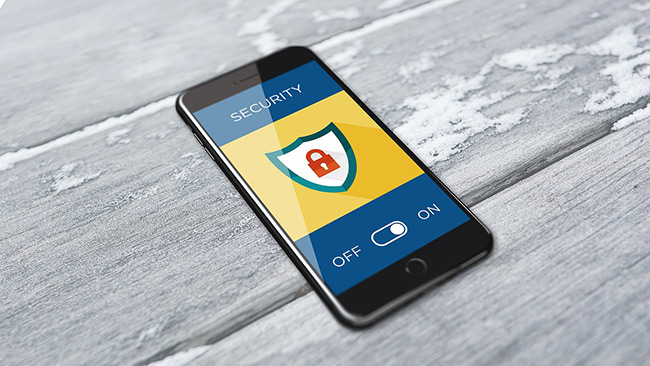Have you heard of online banking thefts employing a program called "keyloggers" and are curious to ..
Essential Digital Forensics Tools for Modern Investigators
The digital age has brought new challenges to criminal investigations, making specialized tools ..
6 Ways to Protect Your Business from a Data Breach
In today's interconnected world, protecting your business from a data breach has never been more ..
Cybersecurity Hygiene 101 for Your Daily Life
Cybersecurity hygiene is of utmost importance in our digital era. Not only while working but in our ..
Cell Phone Tracking and Teenagers: How to Balance Trust and Safety
As parents, our primary concern is the safety of our children. With the proliferation of cell ..
Leveraging Multi-factor Authentication? Here Are 3 More Security Measures You Should Consider
Multi-factor authentication (MFA) is an increasingly common security technology that requires the ..
4 Things to Tick Off Your Basic Cybersecurity Hygiene Checklist
Cybersecurity is so much more than a way of saving money for wealthy companies.Security analysts ..
Why You Need Strong Passwords
If you use the Internet, then you probably have accounts on at least a dozen websites which means ..
How to be Proactive about IT and Data Risk Management
Data analysis has become integral to effective planning, promotion, and procurement. As such, ..
Kent CamEye HomeCam 360 Review
Choosing a security camera for your home or office has become a necessity these days. Even if you ..
Things You Need to Do Immediately to Protect Your Online Privacy
We live in the digital age now. Considering the past decade, we've observed the number of Internet ..
5 Reasons Your Mac Needs Antivirus Protection
We all know that person: The smug owner of a Mac, who claims superiority over his or her PC-owning ..
Home Security Tips When Going On Vacation
After collecting all those vacation leaves, finally you can go on that much awaited and very much ..












